Changwon Diary
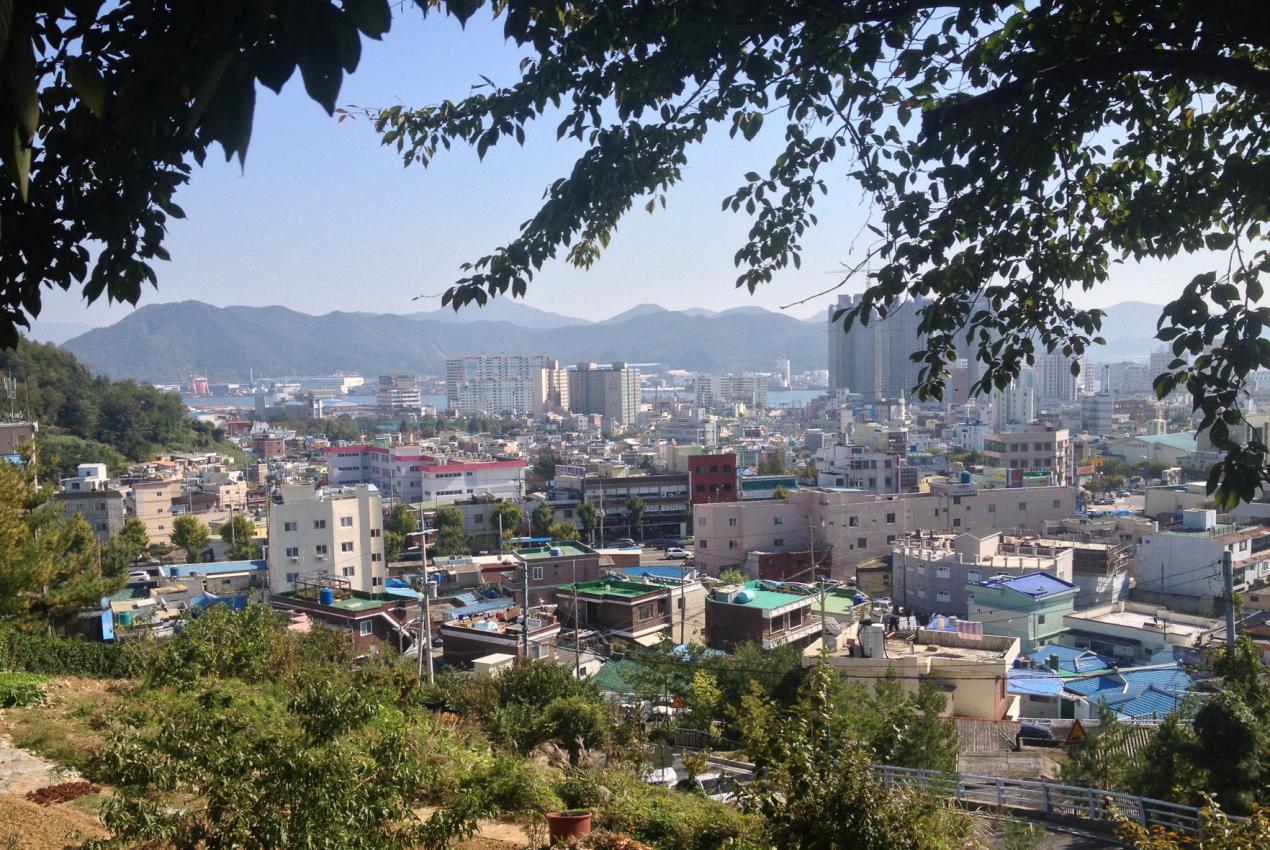
I was recently invited to visit the city of Changwon, South Korea, to give a keynote lecture about the role of placemaking at the annual Eco-city Conference. During my short stay I had the opportunity to discuss the vision for Changwon through experiencing the city’s past and present urban development and discussions with the Mayor, his advisory team, architects and planners, centred around the city’s future ambition as a truly sustainable place to live in, work in and visit. I have also witnessed the efforts on ground, through walking around old and new parts of Changwon and talking to the local residents, clearly indicating that the ambition for the city is not merely a written policy, but is being successfully implemented.
Changwon is a capital city in the south-east of South Korea, forming part of a conurbation with Busan of nearly 6.5 million people. The city developed as an industrial hub and expanded in the 1970s into a major urban centre. The process was managed through rigid planning and regulation, delivering prefabricated mass housing and infrastructure at a rapid speed. The newly developed Changwon was lacking a sense of place and character, becoming unpopular.
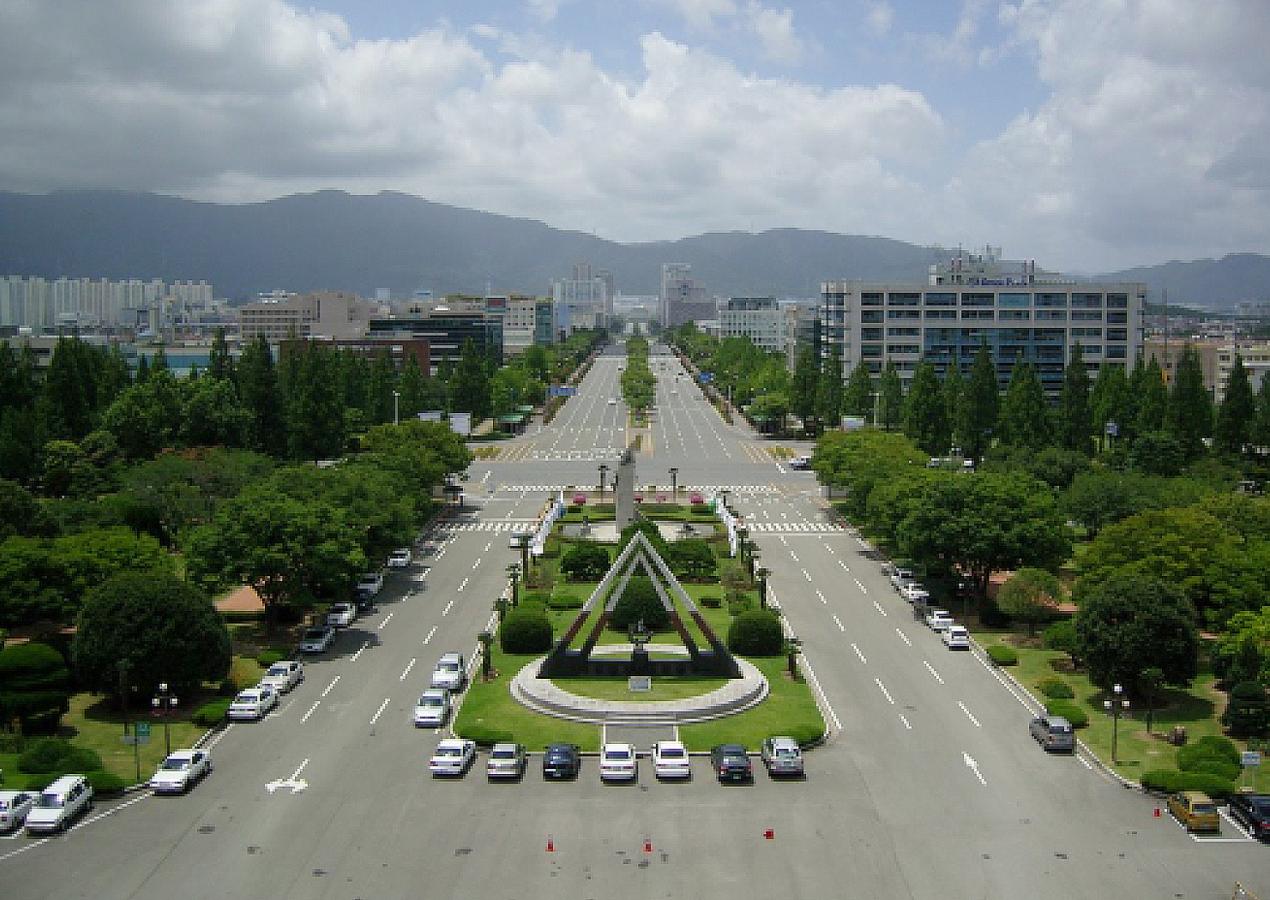 In order to change the perception of the city, the local government has in the last decade invested heavily in green infrastructure, services and facilities. Initiatives such as the Changwon cycle scheme introduced in 2008 have proved very successful and the trend has changed, with growing influx of population into the city. The new trend now opens up possibilities to move from the initial engineered large-scale approach, and engage architects and urban designers to bring creative and innovative ideas into a more site-specific approach to places and spaces that make up the character of Changwon.
In order to change the perception of the city, the local government has in the last decade invested heavily in green infrastructure, services and facilities. Initiatives such as the Changwon cycle scheme introduced in 2008 have proved very successful and the trend has changed, with growing influx of population into the city. The new trend now opens up possibilities to move from the initial engineered large-scale approach, and engage architects and urban designers to bring creative and innovative ideas into a more site-specific approach to places and spaces that make up the character of Changwon.
In 2010, the old harbour area, Masan, has been incorporated into the growing Changwon municipality. Dubbed as the ‘Old Town’, Masan’s urban grain of alleyways intertwined with layers of history stands in stark contrast to the new town development. This part of the city naturally appealed to me as the more attractive, full of character and intricate detail. However, much of Masan’s population is now moving out into the new town, which offers the convenience of easy access to services, parking, schools, workplaces and the comfort of new apartments.
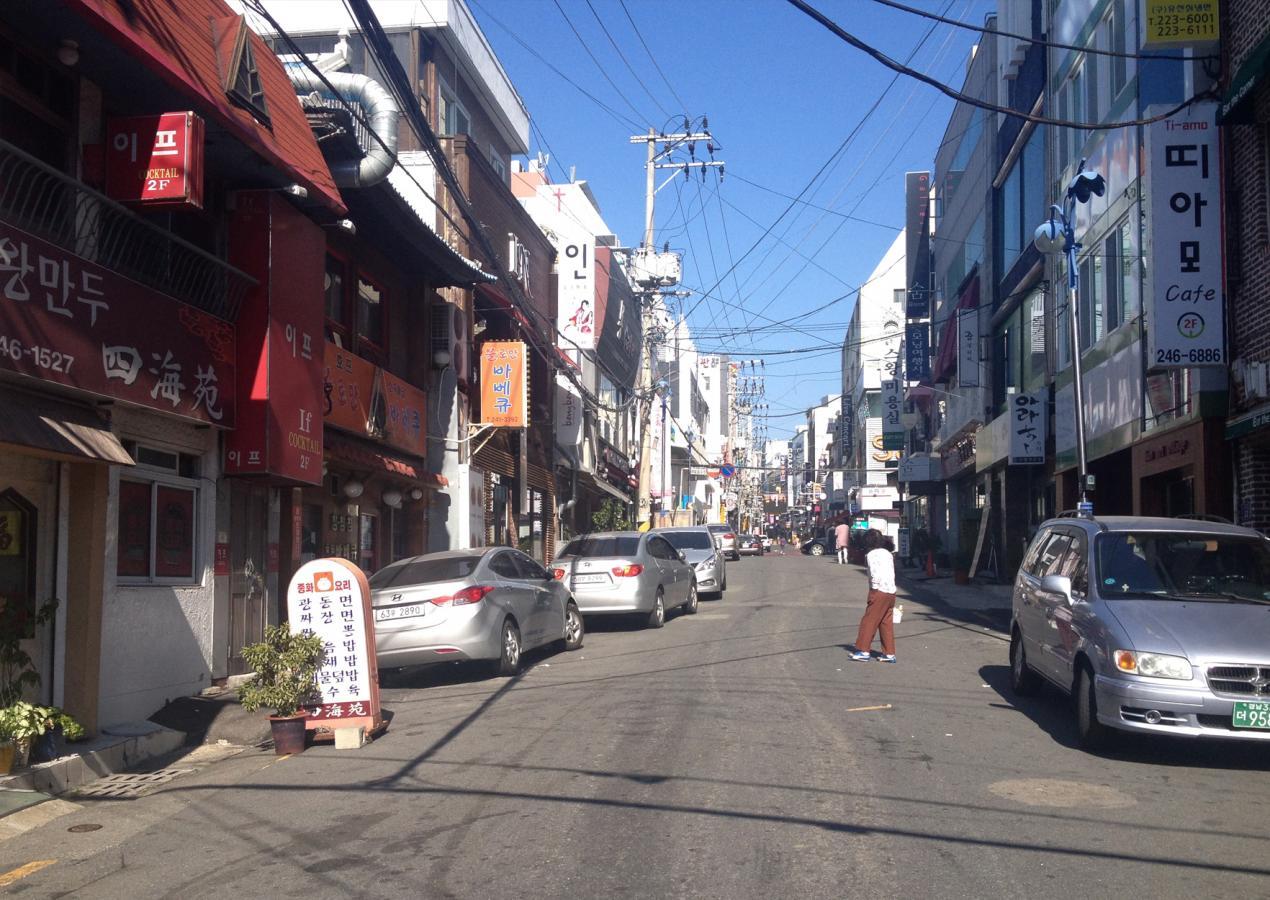
The new city planning and regulations, including high-density new developments, are now being implemented in Masan in order to deal with the problems of old infrastructure and dysfunctional streetscape. The danger of this blueprint approach is the gradual disappearance of the layers of history and a loss of the sense of belonging to this place. The opportunity to revert this process is about recognising the qualities of both - the old and new town - so that they can strengthen each other and form together the new identity of Changwon.
I have submerged myself momentarily into the city, in order to experience its rhythms and look at possibilities and practical solutions. Having spoken to a few local residents and business owners, with help of my friend and great host, architect Jinseok Park, it became quickly apparent that there is an underlying movement to not only preserve, but also improve and enhance the old town from the ‘bottom up’. Surely the important issue is to make these small strands and initiatives integrated into a bigger stream, so that they can be coordinated and supported and that a critical mass of people will be able to benefit from them.
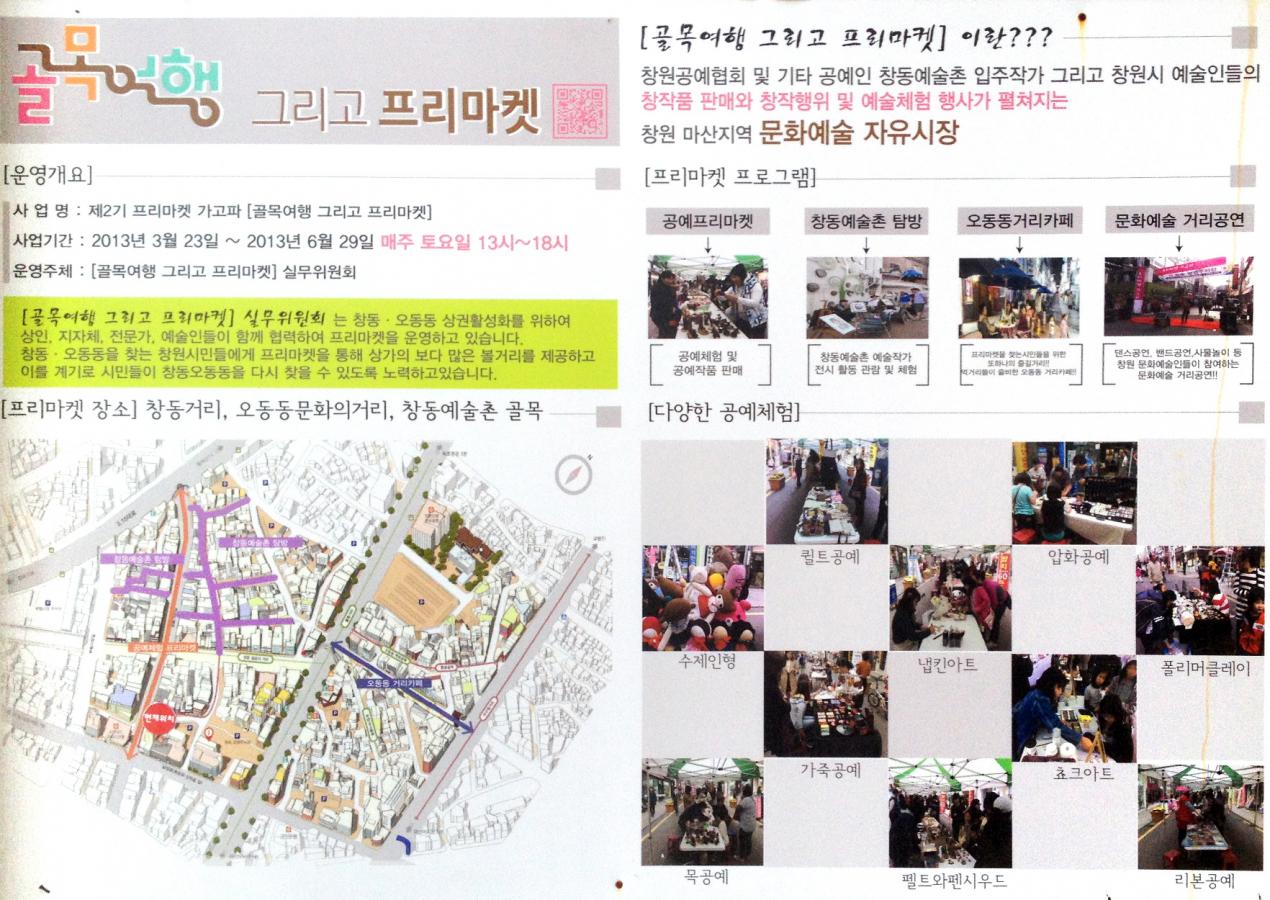 The snapshots from my tour of the city capture some of the Masan community interventions, realised in a spirit of collective creativity. Alongside of these visible artistic activation initiatives, there is an invisible thread of local economy, consisting of small enterprises, collectively managed allotments and small scale manufacturing units. In a fast expanding economy, it will be crucial to recognise and support these small businesses, which can ensure the continuation of some of the unique traditions, crafts and skills of the local people, enabling them to become the co-creators of their environment.
The snapshots from my tour of the city capture some of the Masan community interventions, realised in a spirit of collective creativity. Alongside of these visible artistic activation initiatives, there is an invisible thread of local economy, consisting of small enterprises, collectively managed allotments and small scale manufacturing units. In a fast expanding economy, it will be crucial to recognise and support these small businesses, which can ensure the continuation of some of the unique traditions, crafts and skills of the local people, enabling them to become the co-creators of their environment.
The government has a vision and ambition for Changwon, which is cantered around sustainability and the idea of eco-city. In my lecture, I have looked at the importance of connecting this vision closely to the people who constitute the local economy, making a direct link between relationships and the urban fabric, in order to align the planning process with their needs and aspirations, leading to a truly sustainable and inclusive environment.
I was overwhelmed by people’s positive reactions to the topic and a genuine interest of not only designers and architects, but also city officials, representatives of various stakeholder and community groups and the general public. The recognition of ideas around social sustainability was a key indicator that people of Changwon will be able to develop concrete solutions how to address the progressive integration of the two very different parts of the city, so that both the ‘new’ and the ‘old’ can form the unique identity of Changwon.
We can’t create and innovate without risk, and we can’t design without responsibility. But our responsibility as designers is not only to develop inspiring design solutions, but also to engage and stimulate people in the continuous process of transformation from within.
Changwon Visual Diary continues below:
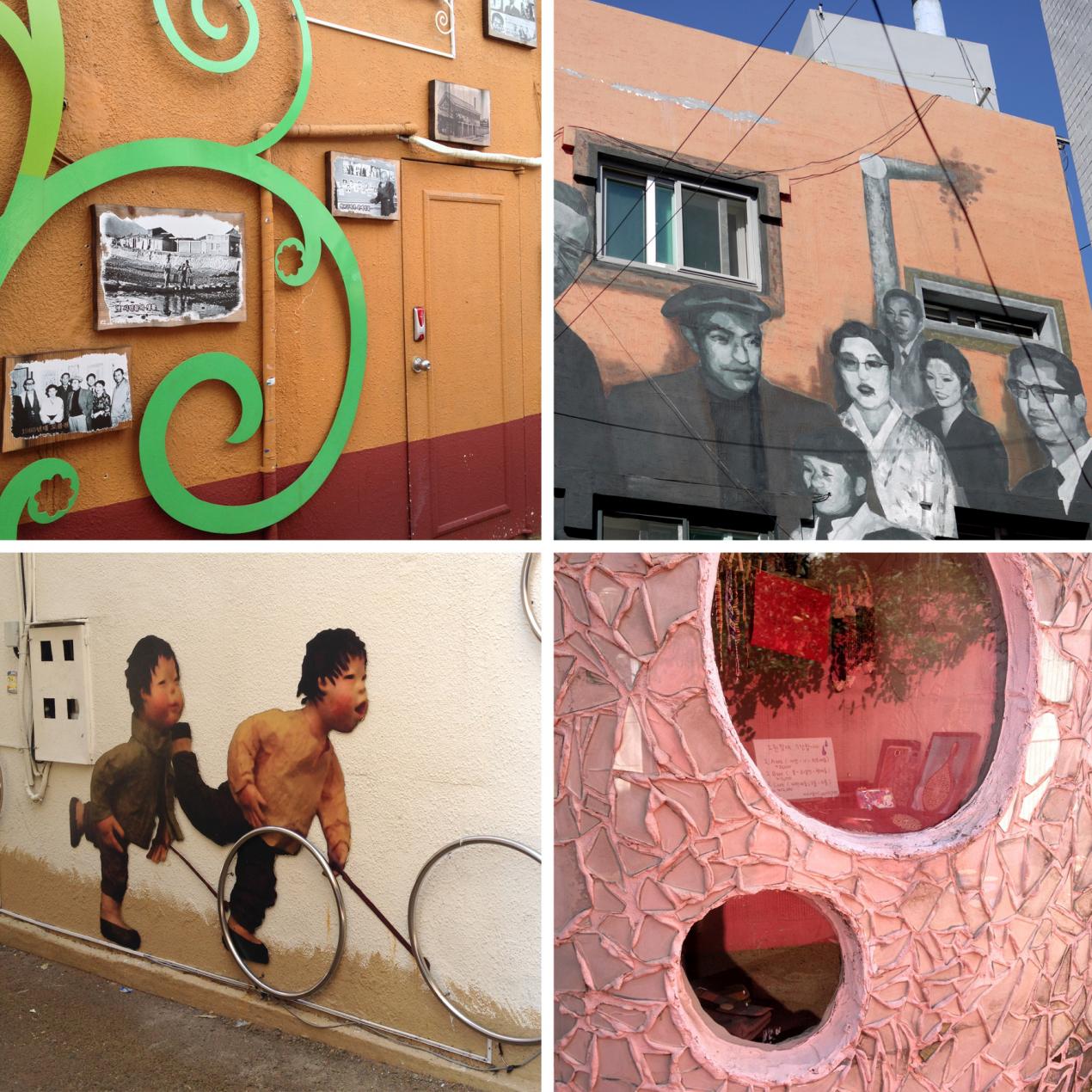
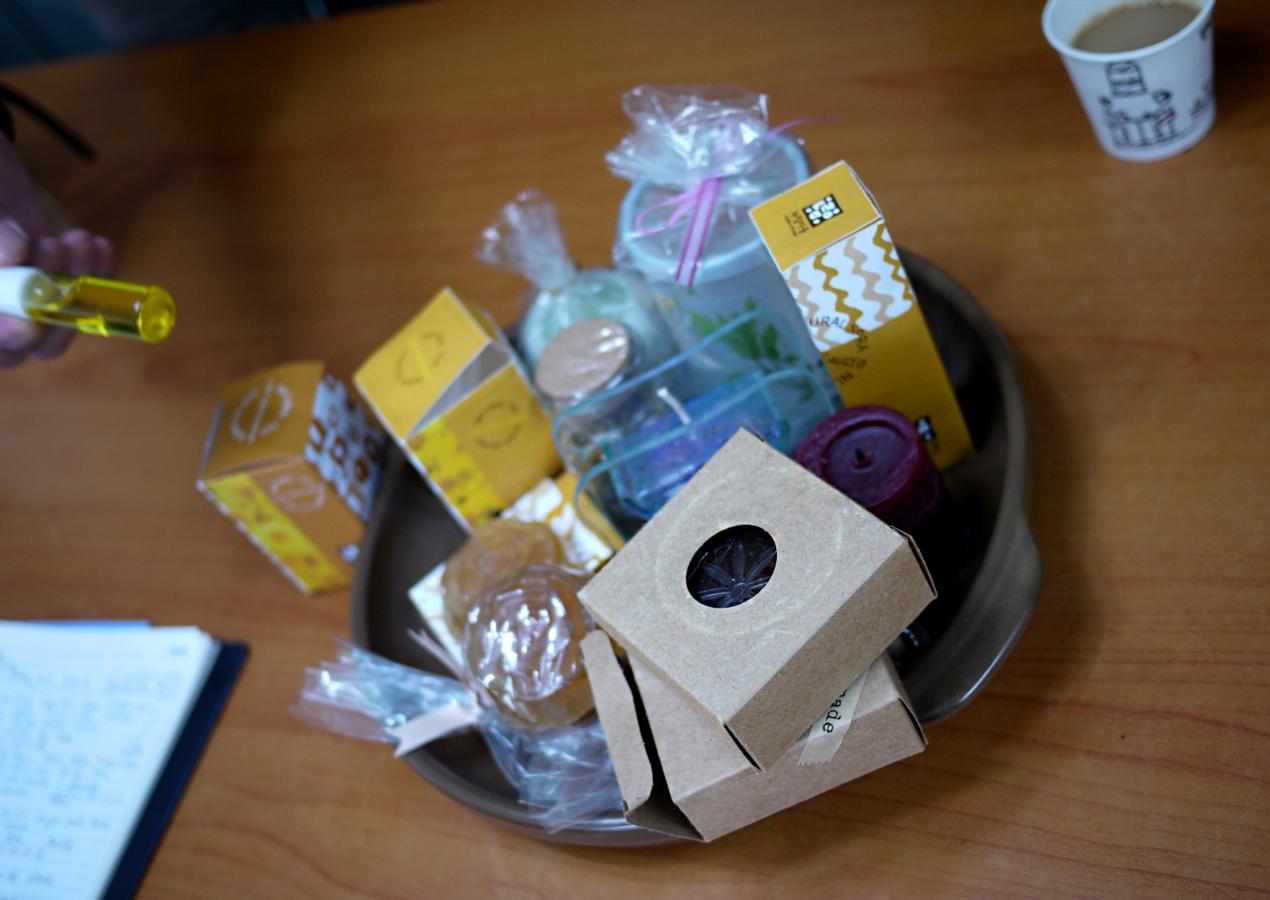
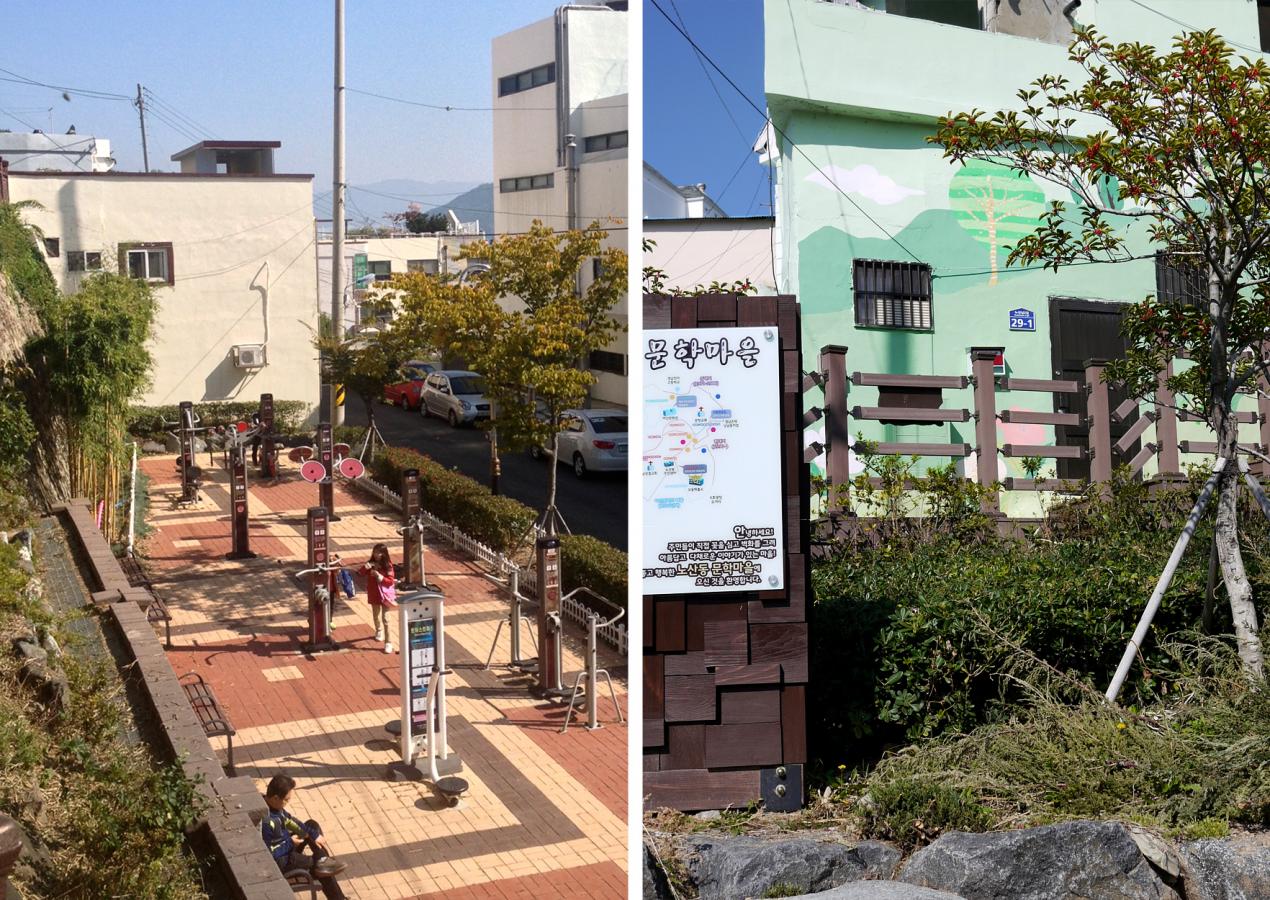
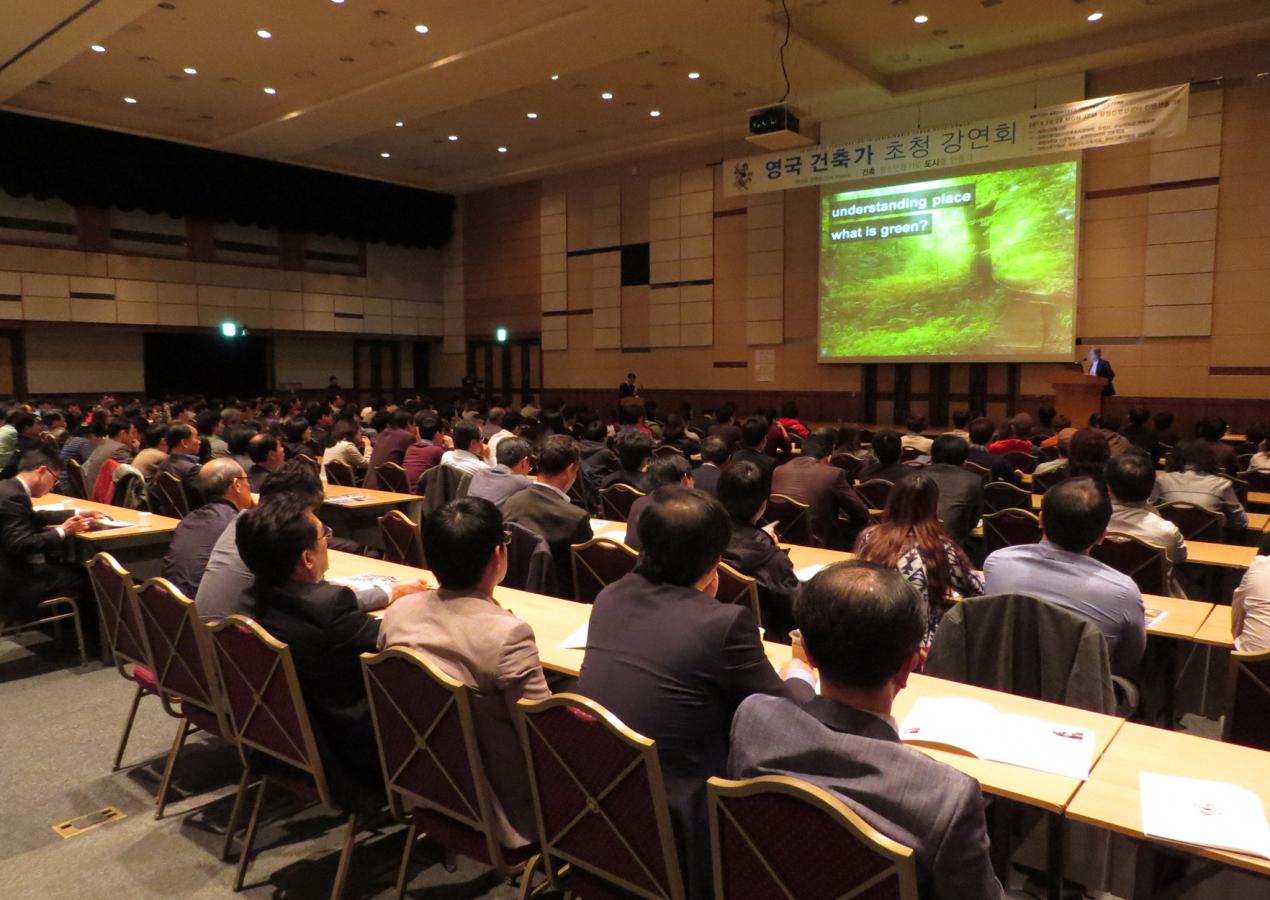
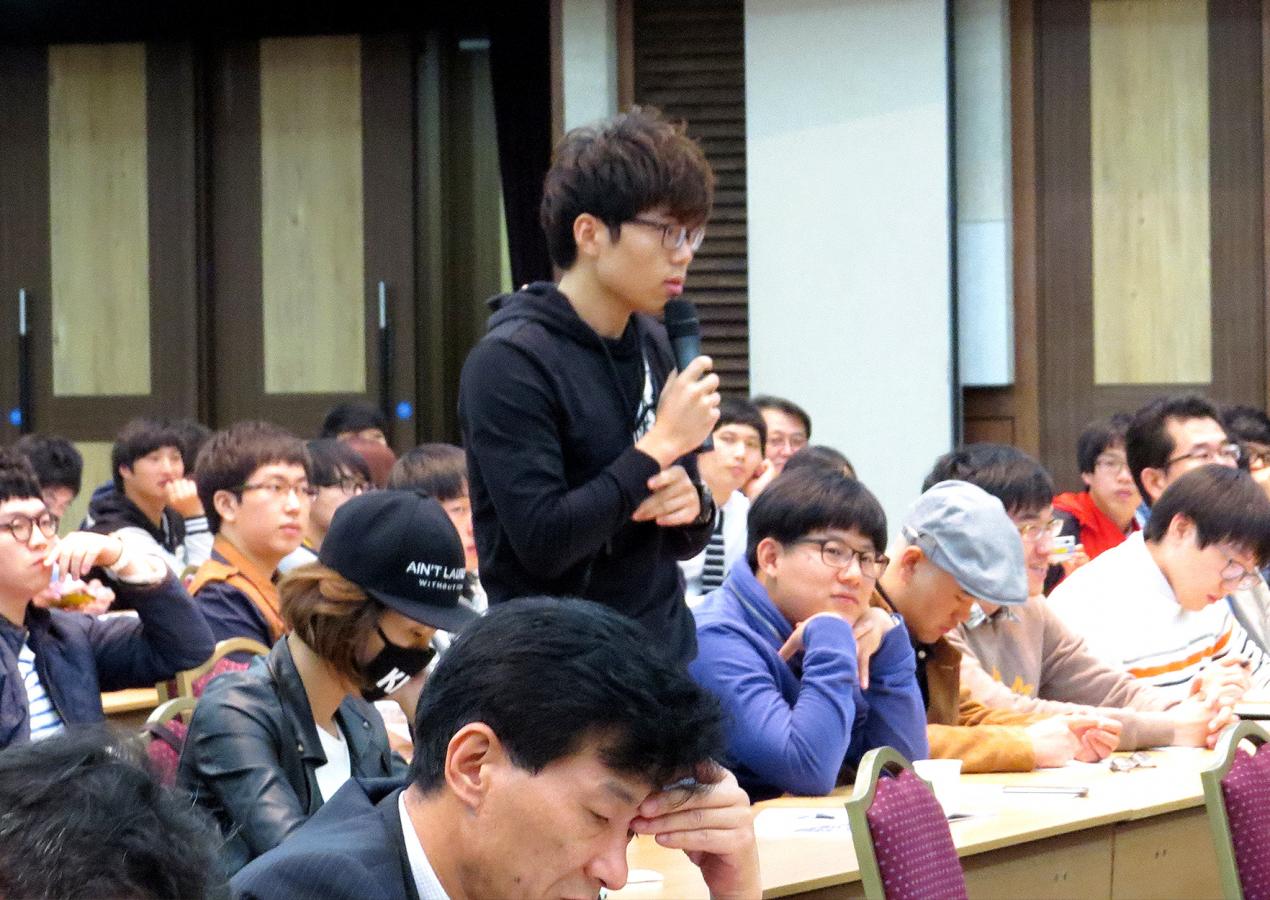
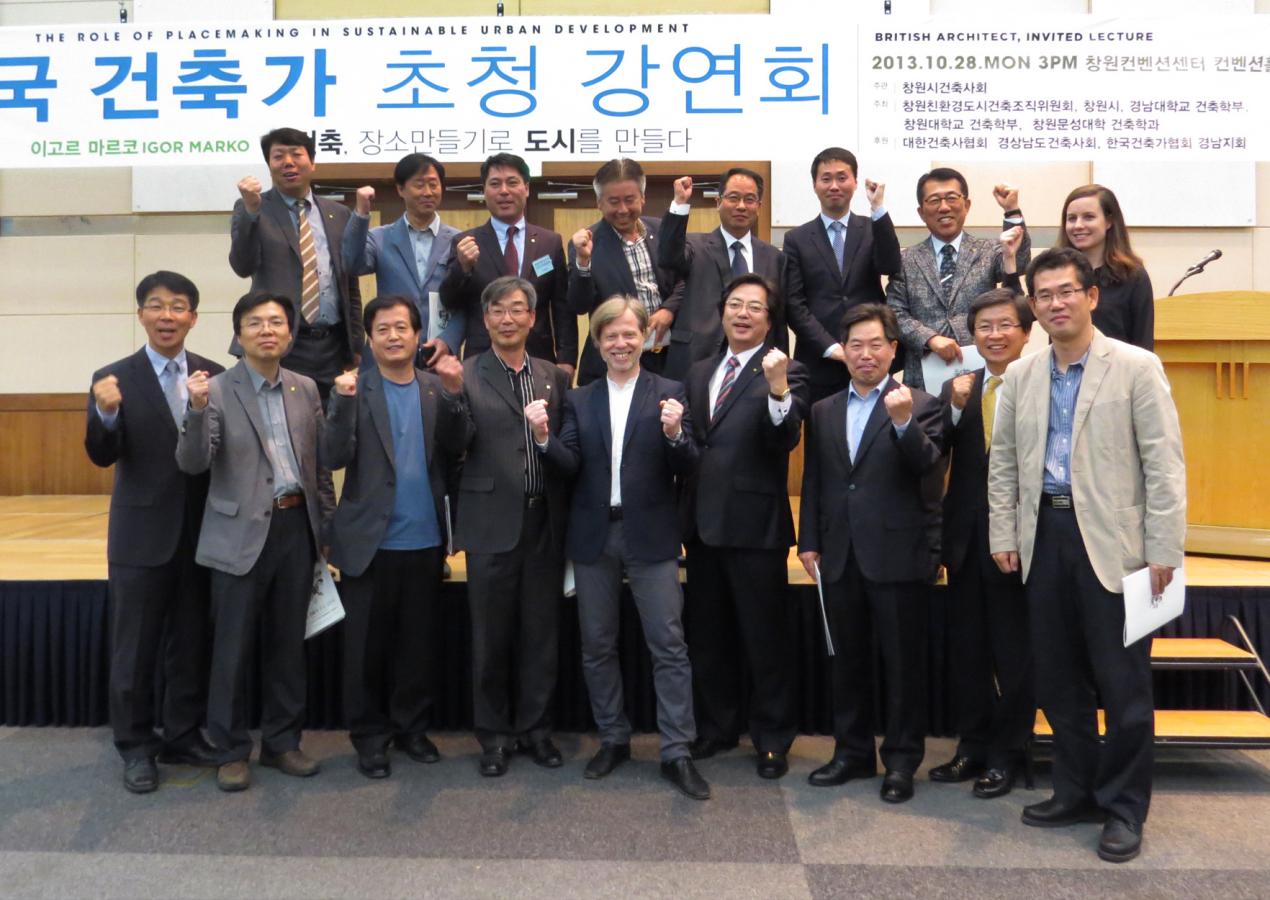
Changwon Eco-City Conference was organised by Changwon Eco-City Architecture Organisation and Korea Institute of Registered Architects(KIRA). The Role of Placemaking in Sustainable Urban Development was a keynote lecture by Igor Marko at Changwon Eco-City Conference in October 2013.
